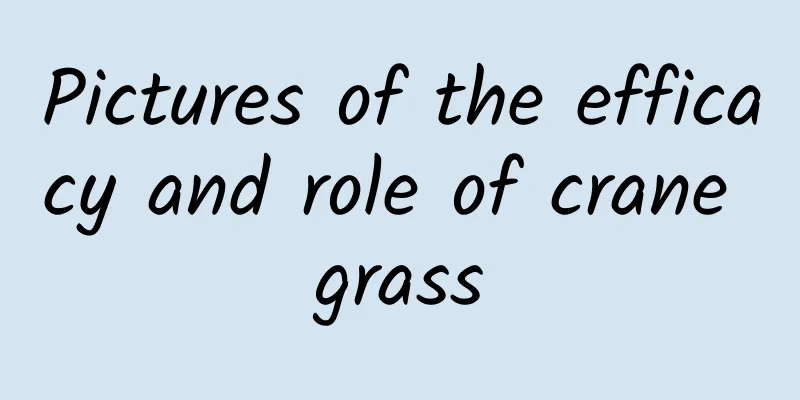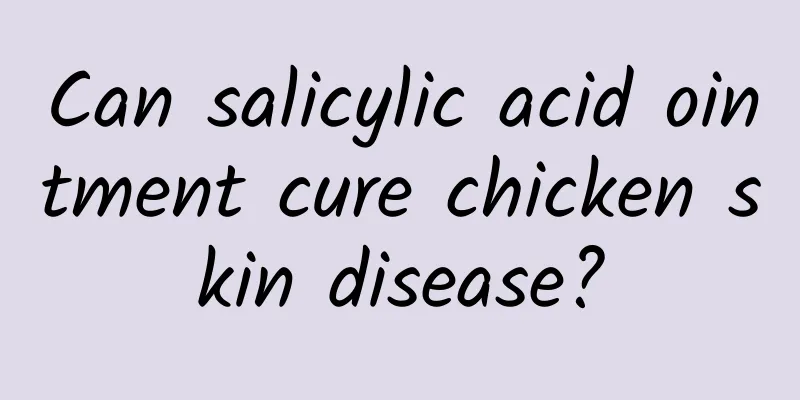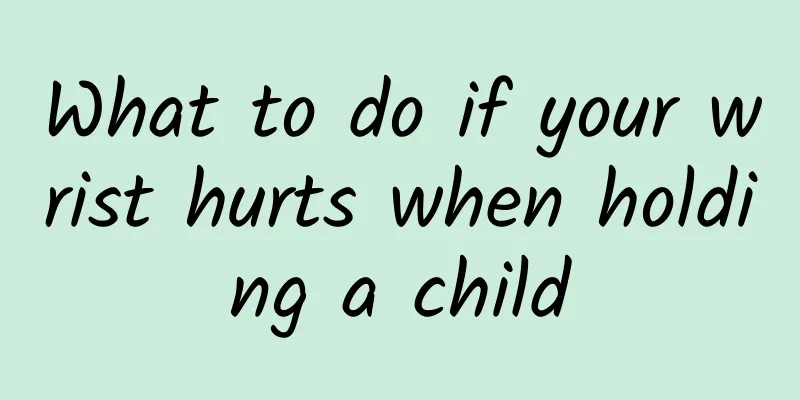Pictures of the efficacy and role of crane grass

|
In ancient times, when people got injured, there was no surgery to suture the wounds. They could only rely on traditional Chinese medicine to promote blood circulation. Therefore, traditional Chinese medicine has discovered many types of herbal medicines that have the effect of promoting blood circulation, and crane herb is one of them. Although we no longer need herbs to promote blood circulation, many traditional Chinese medicine prescriptions that promote blood circulation also contain crane herb ingredients. So what are the pictures and functions of crane herb? Regarding this issue, let's take a look at the detailed introduction of the article. The plant shape of Agrimony is a perennial herb, reaching 1m in height, with milky white hairs all over the plant. The underground stem is short and often produces one or more root buds. The stem is erect and covered with soft and glandular hairs. Pinnate compound leaves coexist, leaflets vary in size, spaced in order, elliptical to annular, 2.5 to 7 cm long, 1.5 to 3.5 cm wide, with serrated edges, and covered with soft hairs on both sides; bracts are nearly ovate. The raceme is terminal; the calyx is obconical, 5-lobed, with most of the hooked bristles at the tips of the lobes, which are persistent; there are 5 flowers, light yellow; there are 5 to 15 pistils; the ovary is semi-superior, and the style is prominent. The calyx tube becomes thicker and looser when the fruit is ripe, with a circle of upright hooks on the top and deep longitudinal grooves on the outside. It looks very much like the head of a red-crowned crane, so it is called crane grass. The fruit season is from May to December. The legend about crane grass goes that a long time ago, there was a small island in the Xiangjiang River called Parrot Island. There was a building near the island, and in the building lived an old man who had experienced many vicissitudes of life. The elderly man understands medicine, and while practicing medicine responsibly, he also cultivates his character and practices self-cultivation, and is highly respected by people in the surrounding area. One day when the flowers were withering, a yellow crane flew in from somewhere, fluttered down in front of the building, and let out a sad wail. The villagers gathered around and saw that Huang He was covered in blood, and they began to talk about it. Upon hearing the sound, the old man came out of the building, looked at the bleeding Huang He, and then went into the woods behind the building. After a while, he picked a handful of weeds with feather-like leaves and bright white flowers, sprinkled them on Huang He's wound, and soon the bleeding stopped. Later, the old man took good care of the yellow crane, and the yellow crane recovered quickly. After that, the villagers called the building where the old man lived the Yellow Crane Tower, and the weed that the old man used to treat the yellow crane was called Crane Grass. Many years later, a writer named Cui Hao from the Tang Dynasty visited the Yellow Crane Tower and heard this legend. He was inspired to write a poem that has been passed down for thousands of years, "Yellow Crane Tower": The ancients have gone away on the yellow crane, and the Yellow Crane Tower is now empty. The yellow crane has gone away and will never return, and the blue sky remains dark and empty for thousands of years. The clear river reveals the trees of Hanyang, and the fragrant grass covers the Parrot Island. Where is my hometown at dusk? The misty river in autumn makes people sad. Later, the great writer and poet Li Bai also came to the Yellow Crane Tower and was also inspired to write poetry, but after reading Cui Hao's poems, he did not dare to write more. Of course, this is all in the future. The effects and functions of Herba Centifoliae: It can invigorate blood circulation and promote blood coagulation; it can clear the brain and regulate the heartbeat; taking a large amount of it can slow down the heartbeat; it has an antibacterial effect; in vitro tests have shown that it can inhibit Gram-positive bacteria; it has an anti-parasitic effect; its roots and buds have the effect of repelling crimson worms (New Journal of Medicine); it has astringent properties, invigorates blood circulation and removes toxins. It is used to treat hemoptysis, hematemesis, nosebleeds, dengue fever, exhaustion, and carbuncles. |
<<: The efficacy and function of seven herbs to relieve itching
Recommend
Tips for thinning upper eyelids
The upper eyelid is too thick because there is to...
What are the side effects of Chinese medicine Huangjing?
Some people may think that the traditional Chines...
A good man is covered in hair and a good woman is covered in fat. Don't get carried away.
As the saying goes, "A good man is covered i...
What causes swollen face due to allergies?
The skin on the face is one of the most sensitive...
What are the symptoms of ice skating addiction?
Ice skating generally refers to the use of metham...
Precautions after the second uterine curettage
Secondary uterine curettage can cause great harm ...
Why do I grind my teeth while sleeping at night?
Behaviors such as snoring and grinding teeth whil...
What are the white spots after burn inflammation?
Accidental injuries are unavoidable in life and c...
What should I do with the meat floss on my face?
Many people often experience sagging facial muscl...
How to quickly eliminate blood stasis
Many people have encountered blood stasis in thei...
What to eat during menstruation to make your breasts bigger
During menstruation, women's body metabolism ...
How to distinguish between conjunctivitis and internal heat
We will experience symptoms of getting a sore thr...
How does Traditional Chinese Medicine explain polycystic ovary?
Polycystic ovary is a common gynecological diseas...
The efficacy and function of Dendrobium officinale flower essence tablets
At present, the efficacy of Dendrobium officinale...
Is an enlarged heart serious?
Many people don't know much about cardiac hyp...









